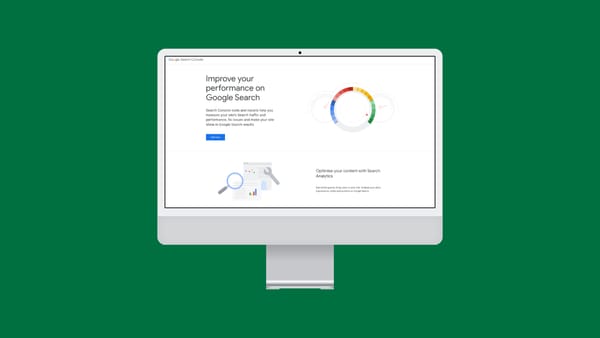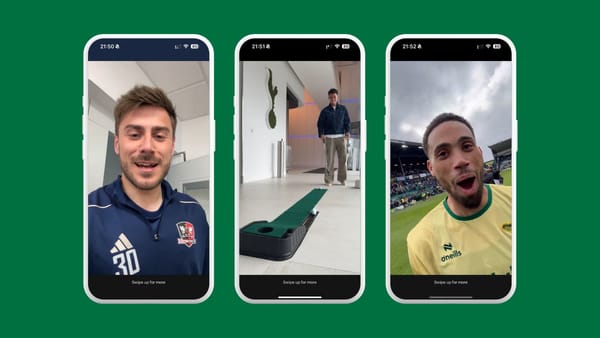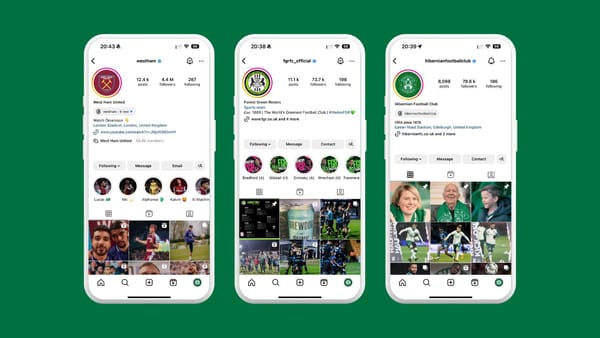The importance of online accessibility, how Lincoln use young fans, and global social media data
Find out how you can help more people access your online content, and take inspiration from the way Lincoln City make young fans part of the matchday experience.

This year's State of Social Media survey is nearly over. If you haven't had a chance to contribute yet, and you work in football marketing, you've got until the 5th of February to leave your thoughts. Thank you to everyone who's contributed so far.
If you're publishing content online regularly, have you given any thought to how easy it is for people to find and read it? That's the topic of this week's newsletter.
I'm going to take a dive into accessibility, with examples of how teams do it well and where things can be improved.
An introduction to accessibility
Accessibility is important in all walks of life. There should be no barriers to anyone enjoying the content you spend hours creating and publishing online.
The RNIB estimate that there are around two million blind and partially sighted people in the UK. That's roughly 3% of the population. The business case for accessibility is that these are all potential fee-paying fans. The human case is that we shouldn't excluding anyone from enjoying what we publish online.
The only way to fix this is to understand how to improve the accessibility of content.
Accessibility on social media
Social sites give us some tools we can use to aid accessibility of what we're sharing.
Alt text
The most obvious and prominent of these is alt text. This is text you can attach to any image you upload which provides additional detail and context about it to people who may be using assistive technology like screen readers. When the user puts their cursor over the image, it reads the alt text out for them.
The method for adding this changes depending on the social channel, and whether you're on mobile or desktop, but you're looking for something that says either 'accessibility' or 'advanced settings' if it doesn't immediately give you the option.
Here's how it looks on X.
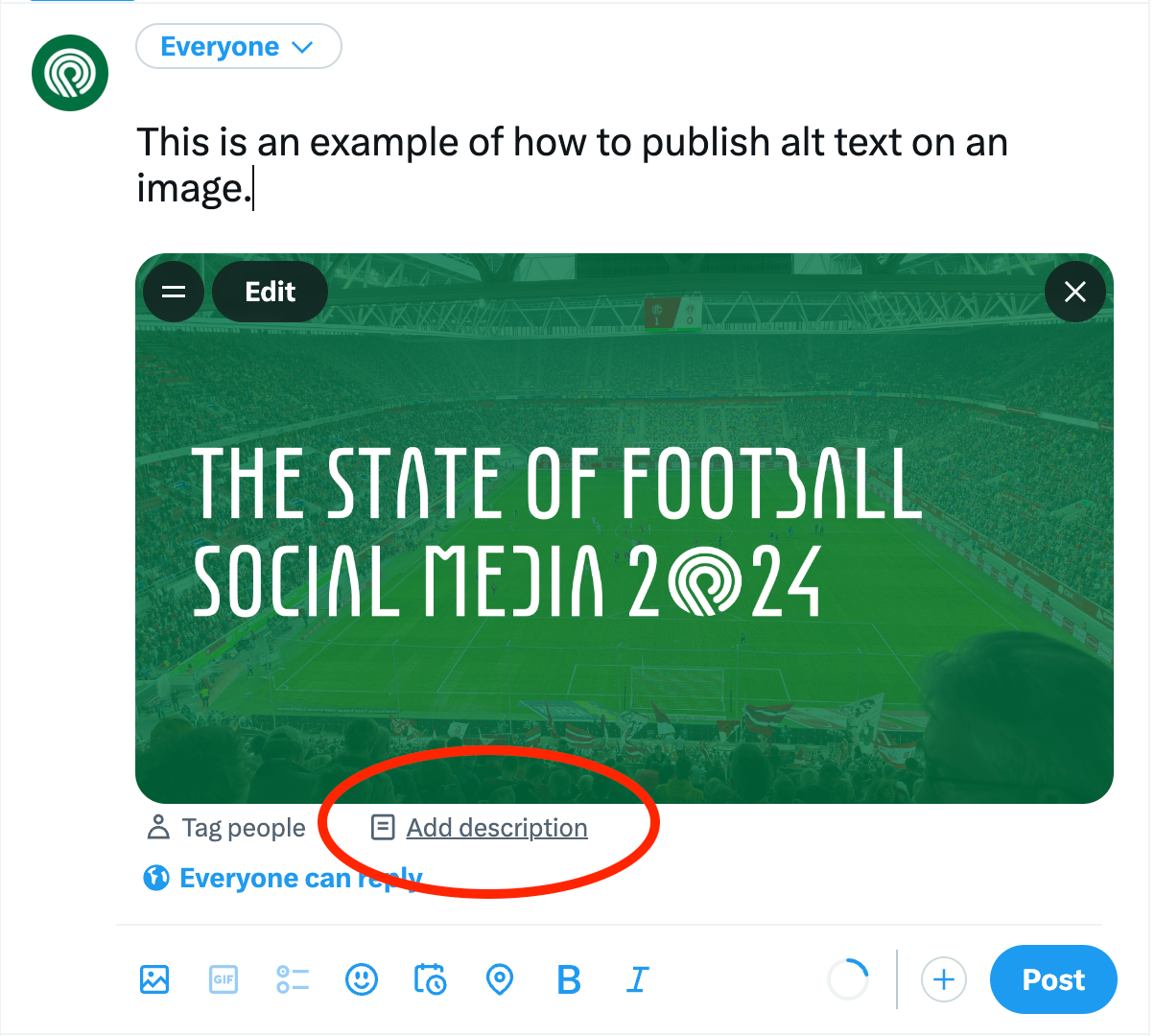
And here's how it looks on Instagram on desktop.
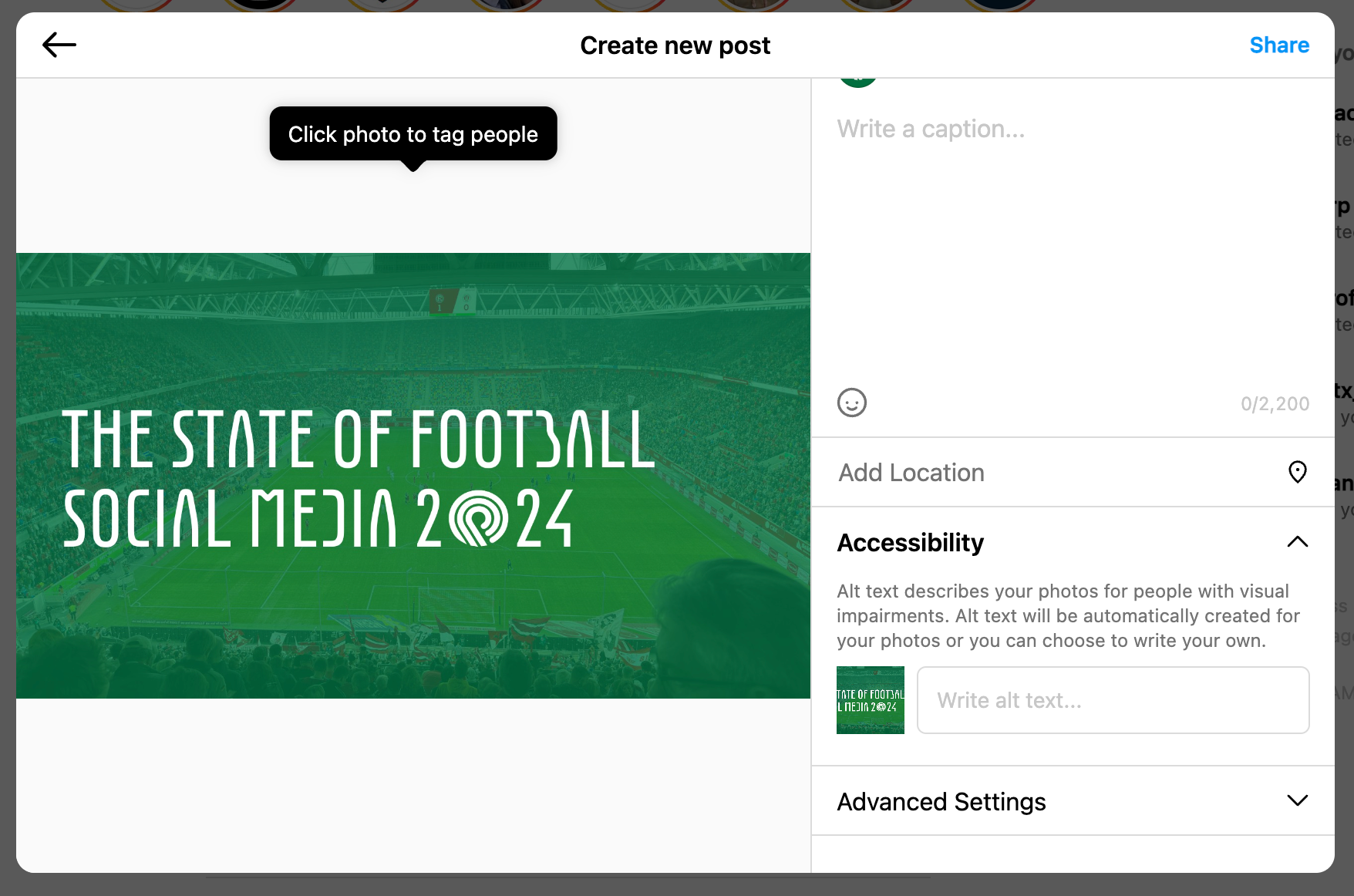
Writing usable alt text
Alt text doesn't need to be particularly detailed. It just needs to give a simple description of what's included in the image. Enough so that people who can't see the image are still able to fully enjoy the content.
For all its problems, X is still the only social network where you can easily see the alt text attached to an image. In the post below, you can see the word 'ALT' in the bottom left of the image.
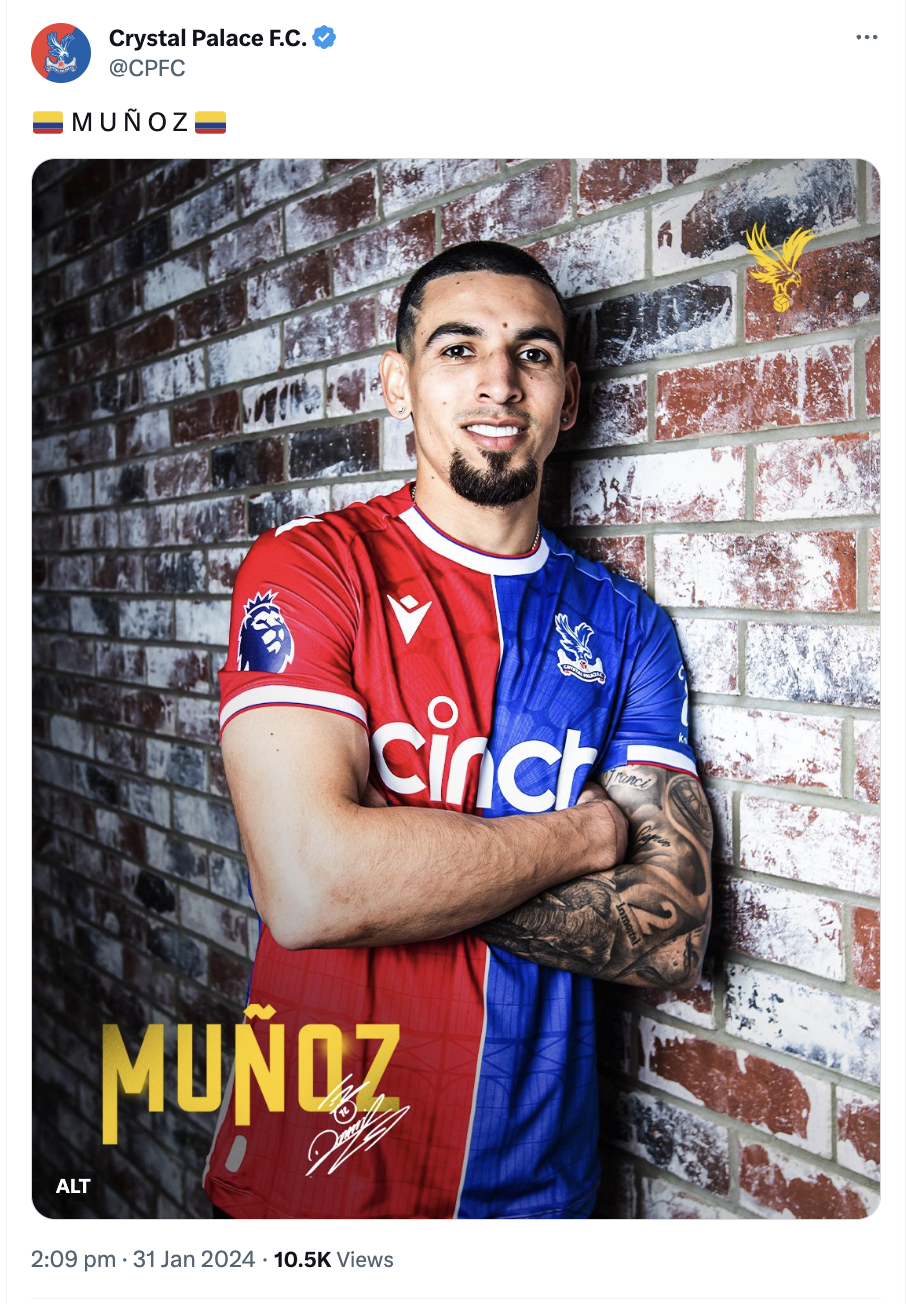
Clicking that displays the alt text.
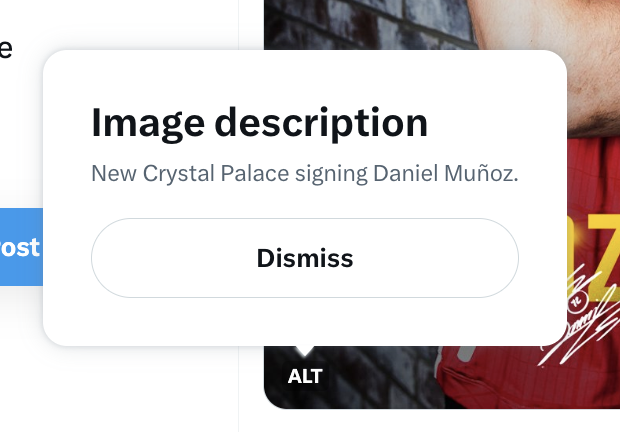
And that's enough really. You don't have to include 500 words describing every tiny detail. And remember, fans are likely the ones to be reading these so you can still communicate with them using nicknames and things they'll understand.
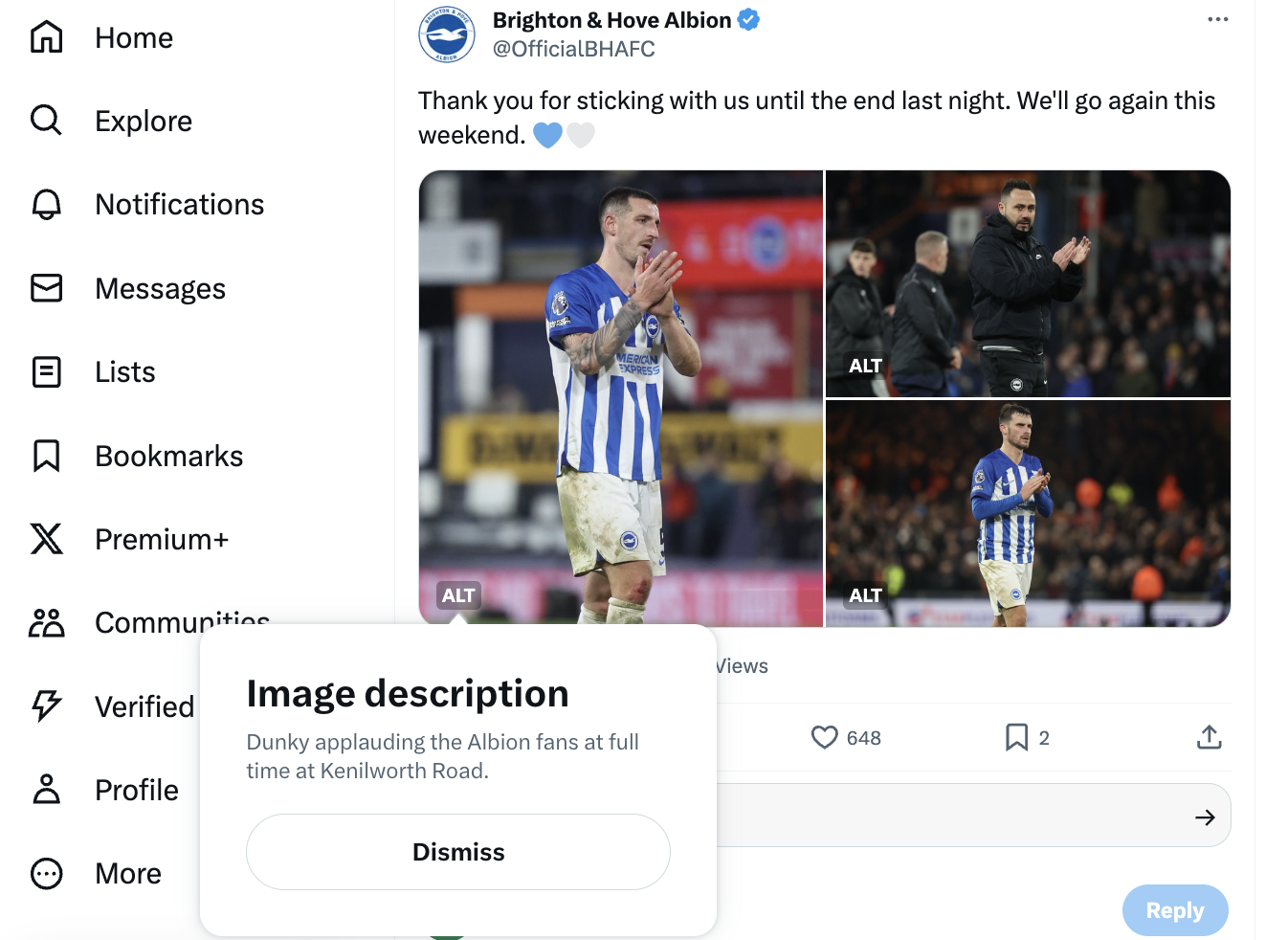
All of the club accounts I checked are using this correctly, however not all clubs use alt text and even the ones who do don't use it consistently. It should be applied to any image you upload to social media.
Alternative characters
One practice that is still being used by social media accounts is the use of alternative characters for emphasis. Thankfully usage of these isn't as widespread as it once was, but it's still far too common.
Here's the first example I found on my timeline when looking for an example (no disrespect to West Brom, they're far from the only team to use these).
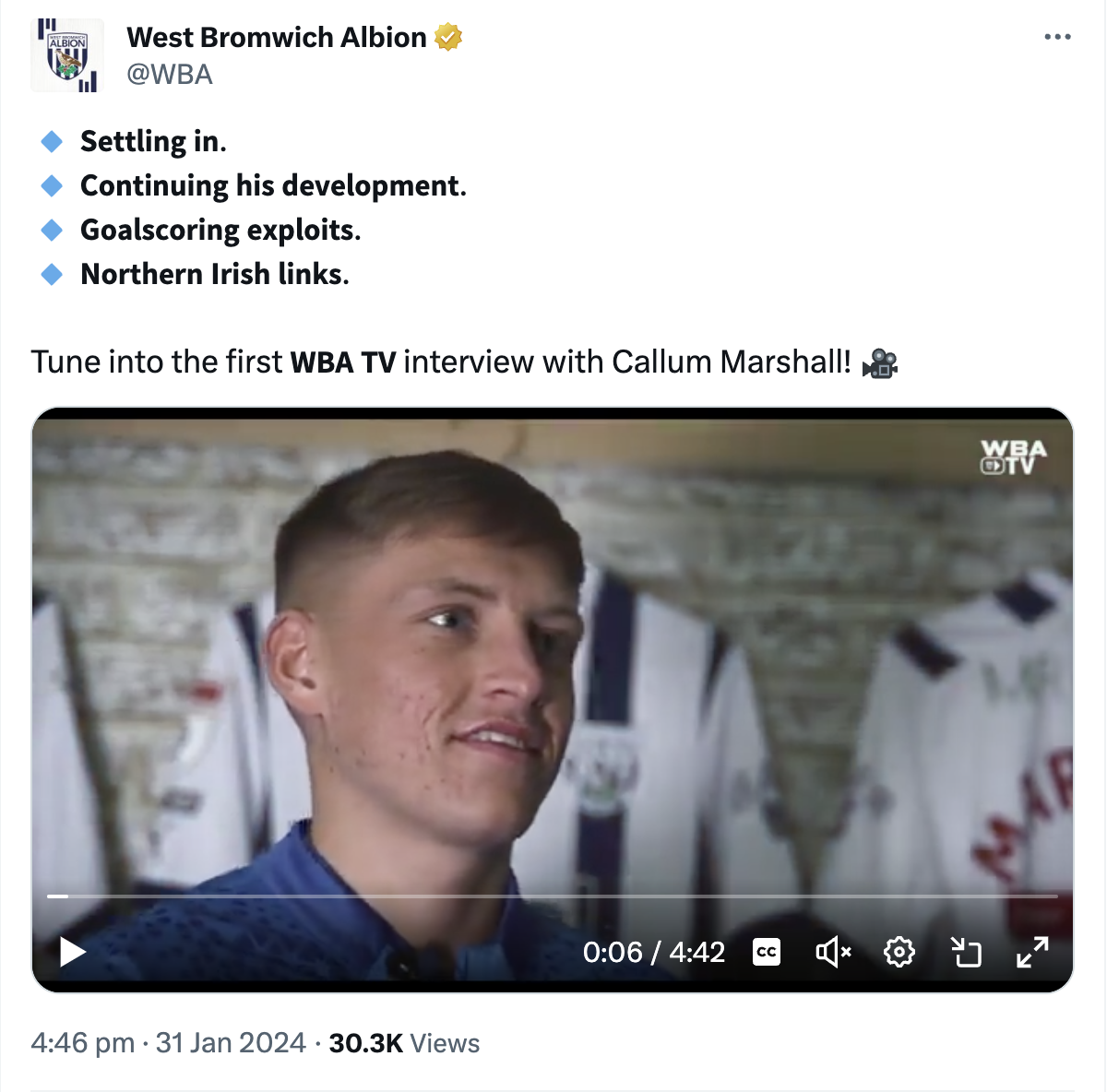
The first four lines are all created using a stylised font that looks bold. As is the "WBA TV" on the final line. However these aren't recognised as fonts by either assistive technologies or the social media sites themselves.
Firstly, here's what it sounds like if you use a screen reader. These tools read out the words on a website as well as everything you highlight and click on.
See how a post on X reads if you use alternative characters in the text
You can hear the screen reader interpret the emoji, but it skips over the first four lines as well as the "WBA TV" in the final one. They're not recognised as text.
That's not all. They also don't get recognised if users are searching.
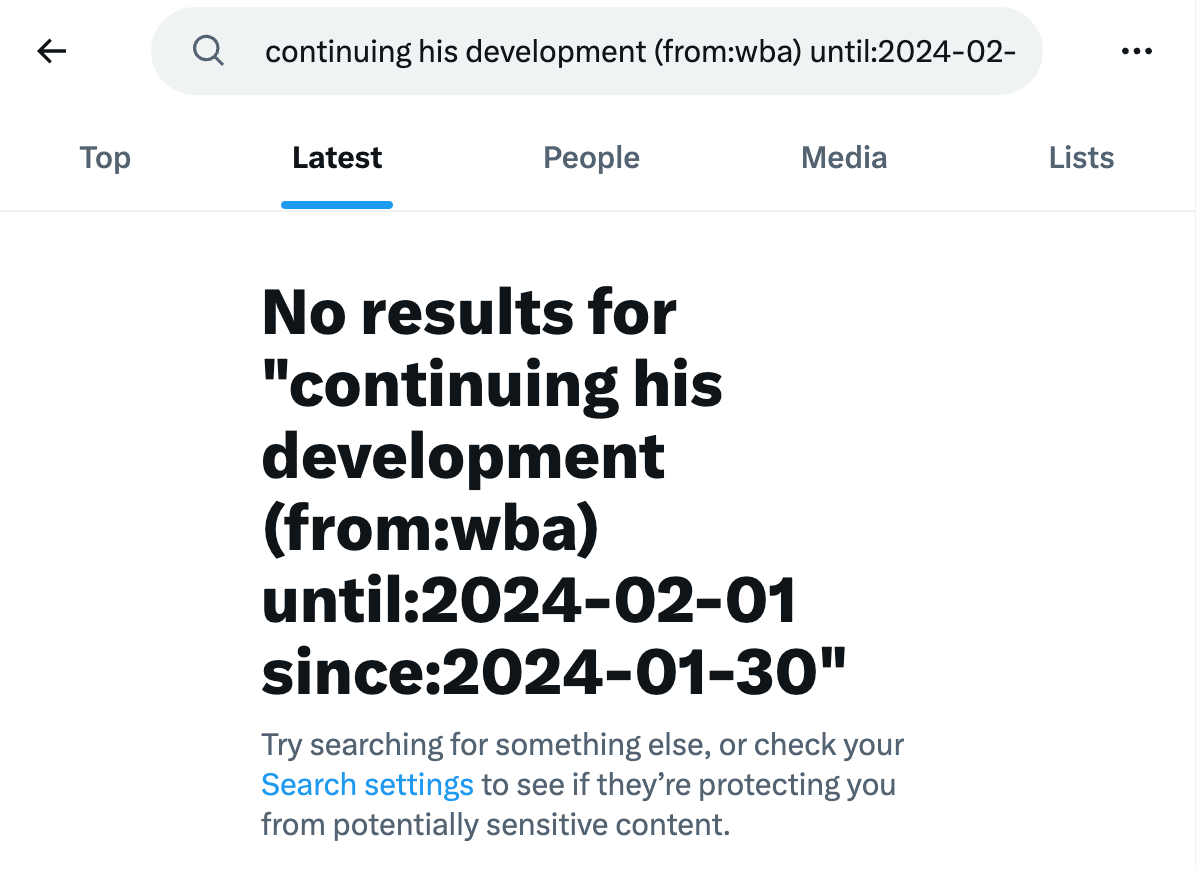
While they might look eye-catching, which is why people use them, they don't serve many practical purposes outside of that.
In 2024 I'd like to see fewer teams use them. Stick to the tools that are available for posting and use those.
However, you can use bold and italic where the platforms allow you to. For example, paying X subscribers can format their text with bold and italic. That's fine - just like using it on Word or a website is fine. Just don't copy and paste special fonts from other websites.
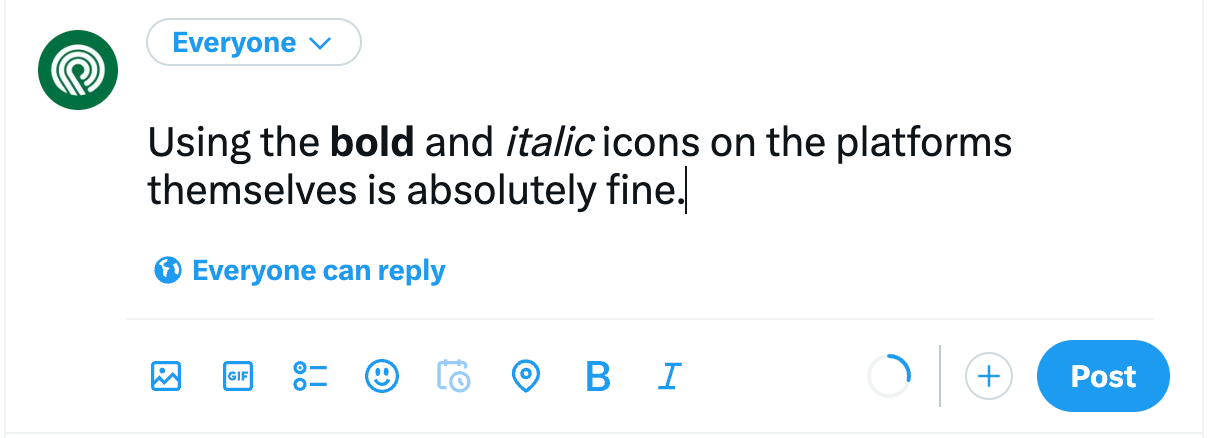
Lincoln leading the way
I've featured the fan engagement work being done by Lincoln before, but I came across a great example of how they engage the younger members of their fan base.
As well as giving the job of reading out the team news to a young fan, the club's mascot (who has his own X account) hosts Poacher's Pundits where two other kids get the chance to commentate on the game.

While the number of views isn't the highest, I bet it's incredibly well received by the families of those involved and creates a memory that will last a lifetime. And sometimes that's what it's about.
The club's official mascot, Poacher the Imp, has his own X account where he asks for fans to recommend songs for the pre-match playlist and highlights all the experiences that are available for the matchday mascots.
Worldwide internet research
We Are Social's annual report into internet usage around the world was published today.
The 561 page report includes information on how people around the world spend their time online.
From page 205 you'll find specific stats around social media usage, including:
- The typical social media user now spends 2 hours and 23 minutes per day on their social platforms of choice.
- 22% of user say their main use of social media is to watch sport (it's the 12th most popular reason, and more popular among 25 to 34 year olds than any other age range).
- Facebook is the most used platform, followed by YouTube, WhatsApp and Instagram, and TikTok.
- Users say Instagram is their favourite channel, followed by WhatsApp. These two are the most popular among users of all ages, however people 35 and over prefer WhatsApp to Instagram (do you have a Channels strategy?).
- TikTok is the one that people spend the most time on, with an average of 34 hours per month.
- X only accounts for 7.75% of referrals to websites (essentially your links have a 7.75% click-through rate).
- Real Madrid are the most popular team on Instagram, followed by Barcelona and the UEFA Champions League account.
You can find the full report on the We Are Social website. The UK-specific findings should be released some time in February.


